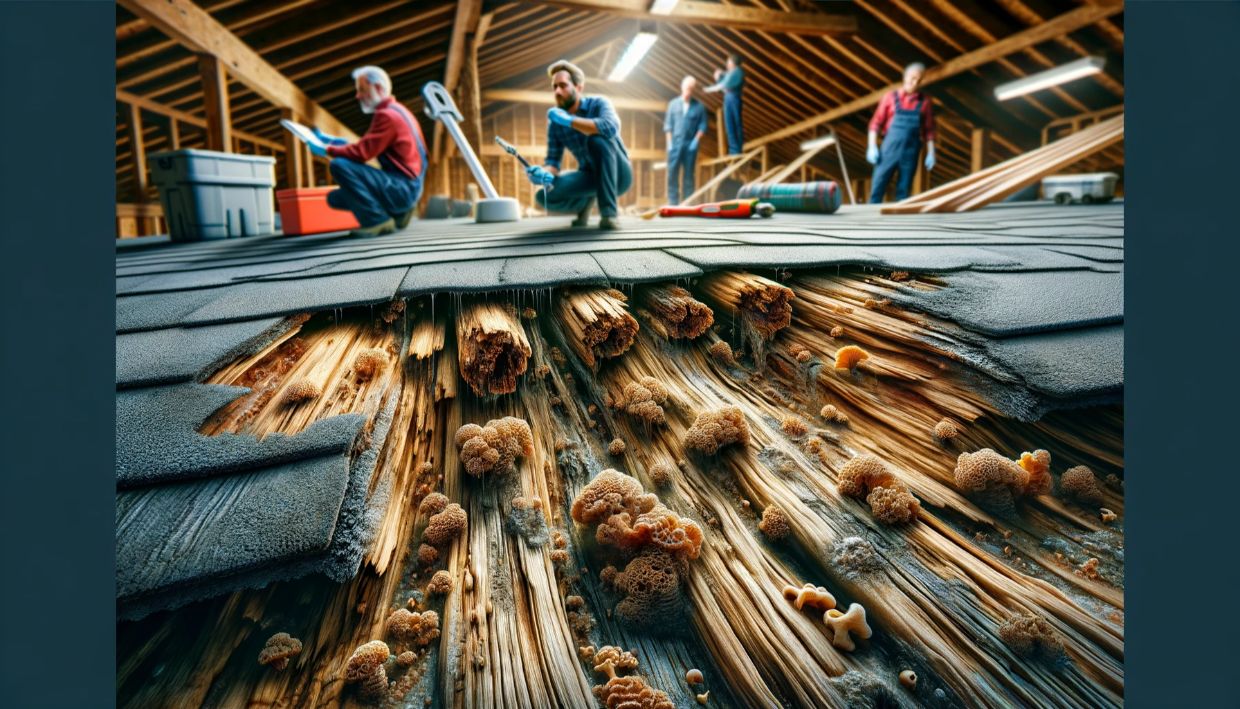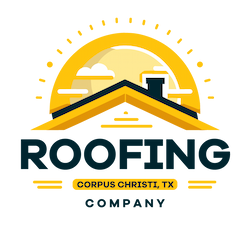Combating Roof Rot and Wood Decay

Combat Roof Rot & Wood Decay: Unchecked, they cause structural failure. Learn prevention, early detection, and treatment strategies.
- Prevention Techniques
- Detection Methods
- Treatment Options
Fungal spores are omnipresent, waiting for conducive conditions to initiate decay. Once they settle on a damp wooden surface, they begin their destructive work. The use of pressure-treated wood and regular maintenance are critical in disrupting this process, thereby preserving the structural integrity of your roof.
Protect your home and family with reliable Roof services. Get a free quote and the peace of mind you deserve.
In the ensuing section, we’ll examine diagnostic tools that help identify roof rot early on. Infrared thermography and moisture meters are such tools, they detect anomalies before they become visible to the naked eye. Remember, early detection can significantly reduce repair costs and extend the lifespan of your roofing system.
Implementing Preventative Measures and Regular Maintenance
Preventative measures are key in the fight against roof rot and wood decay. Regular roof inspections can catch early signs of damage, allowing for prompt repairs before problems escalate. It is imperative to maintain clear gutters and downspouts, as blockages can lead to water pooling and subsequent wood deterioration. Additionally, properly installed flashing around chimneys and vents prevents moisture intrusion, safeguarding the roof structure.
Incorporating adequate roof ventilation is another crucial step in preserving the longevity of your roofing materials. Ventilation prevents the buildup of heat and moisture, which can contribute to rot and decay. Ensure your attic has sufficient airflow with a combination of soffit, ridge, or gable vents. This strategy not only fortifies against rot but also contributes to energy efficiency in your home.
To further mitigate the risk of wood decay, consider the application of protective sealants. Treat exposed wood surfaces with water-repellent products to resist moisture penetration. For enhanced roof durability, opt for anti-fungal treatments that resist mold and mildew growth. Regularly applying these measures extends the life of your roof, offering a cost-effective approach to roof maintenance.
Utilizing Effective Treatment Methods for Existing Damage
Upon identifying the extent of roof rot and wood decay, it’s imperative to initiate treatments that halt further deterioration. Epoxy consolidation is a widely endorsed remedy; this method involves the injection of epoxy resins into affected wood fibers, renewing structural integrity. Professionals must ensure proper ventilation and dry conditions during application for optimal results.
Treatment Methods for Roof Rot:
Epoxy Consolidation: Stabilizes decayed wood
Fungicides: Prevents further fungal growth
Replacement: Removes and replaces irreparable sections
Proactive measures, like the application of fungicidal treatments, also play a crucial role in preventing the recurrence of decay. Timely intervention with these protective agents can inhibit fungal growth, safeguarding vulnerable wood structures from future attacks. Strategically applying fungicides to high-risk areas provides an additional layer of defense, prolonging the lifespan of the roof.
To Prevent Recurrence:
Apply Fungicides: Especially in moisture-prone zones
Regular Inspections: Detect early signs of decay
Effective Ventilation: Reduces moisture buildup
In cases where damage is too extensive for conservative methods, replacing the compromised wood becomes necessary. Ensuring the use of pressure-treated lumber or wood with natural rot resistance for replacements offers long-term resilience against both rot and insect infestations. Regular inspections and maintenance are, however, indispensable to preserve roof and structural health.
Replacement Strategy:
Pressure-Treated Lumber: For improved durability
Natural Resistant Varieties: Cedar, redwood, etc.
Ongoing Maintenance: Essential for enduring results
Key Takeaways
In conclusion, it is crucial to regularly inspect and maintain your roof in order to prevent and combat wood decay and roof rot. Ensuring proper ventilation, addressing any water damage promptly, and treating the wood with protective coatings are all essential steps in preserving the integrity and longevity of your roof. By staying proactive and taking necessary precautions, you can effectively combat these common issues and help your roof withstand the test of time. Remember, the key to preventing wood decay and roof rot is vigilance and proactive maintenance. Thank you for reading, and we hope this article has provided you with valuable insights on combatting these potential threats to your roof.
